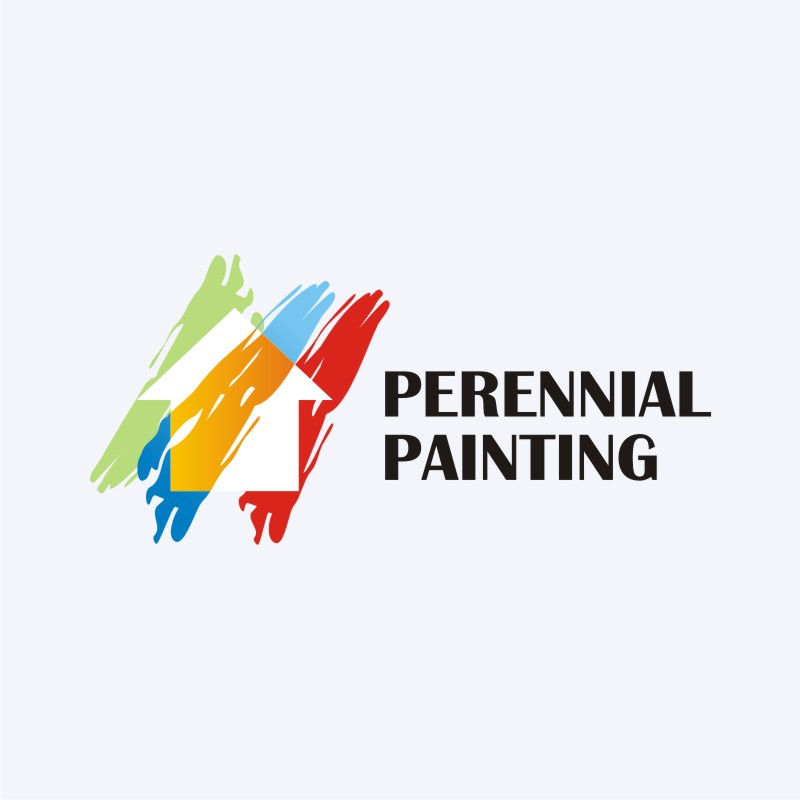Examine The Function Of Seasonal Factors In The Success Of Business Outside Paint And Reveal The Most Effective Times To Safeguard Long-Term Results For Your Job
Examine The Function Of Seasonal Factors In The Success Of Business Outside Paint And Reveal The Most Effective Times To Safeguard Long-Term Results For Your Job
Blog Article
Material Writer-Leach Rosendal
When you're preparing a commercial external painting project, seasonal factors can make or break your results. You'll wish to take into consideration how temperature level and humidity effect paint application and drying times. Choosing the right period can guarantee your paint adheres properly and lasts longer. However which periods are truly the most effective for this kind of job? Let's explore https://mashable.com/article/the-office-jenna-fischer-break-creepy-clown-painting that can affect your project's success.
The Effect of Temperature on Paint Application
When you're planning an industrial external paint task, the temperature level can substantially impact exactly how well the paint adheres and dries out.
Ideally, you want to paint when temperature levels range in between 50 ° F and 85 ° F. If it's as well chilly, the paint may not treat appropriately, leading to issues like peeling off or splitting.
On the flip side, if it's too hot, the paint can dry out too promptly, preventing proper attachment and resulting in an irregular finish.
You ought to additionally take into consideration the moment of day; early morning or late afternoon supplies cooler temperatures, which can be extra favorable.
Constantly examine the maker's suggestions for the details paint you're making use of, as they frequently give assistance on the ideal temperature level variety for ideal outcomes.
Humidity and Its Result on Drying Times
Temperature level isn't the only environmental variable that influences your commercial exterior painting task; moisture plays a considerable role also. High humidity degrees can slow down drying times dramatically, affecting the overall quality of your paint work.
When the air is saturated with moisture, the paint takes longer to cure, which can lead to issues like poor bond and a higher danger of mildew development. If you're repainting on a specifically humid day, be prepared for extensive wait times in between coats.
It's vital to check neighborhood weather conditions and plan as necessary. Preferably, go for moisture levels in between 40% and 70% for ideal drying out.
Keeping these factors in mind guarantees your job remains on track and supplies a long lasting coating.
Best Seasons for Commercial Outside Painting Projects
What's the very best season for your business outside paint jobs?
Spring and early loss are usually your best options. Throughout these seasons, temperatures are moderate, and humidity levels are commonly lower, producing ideal problems for paint application and drying out.
Avoid summer's intense heat, which can create paint to dry too quickly, resulting in poor attachment and surface. Similarly, winter's chilly temperatures can prevent appropriate drying and treating, taking the chance of the longevity of your paint task.
Aim for days with temperature levels in between 50 ° F and 85 ° F for optimal results. Keep in villa painting service to examine the neighborhood weather forecast for rainfall, as damp conditions can ruin your task.
Preparation around these variables guarantees your painting task runs efficiently and lasts much longer.
Final thought
Finally, planning your industrial outside painting projects around seasonal considerations can make a considerable difference in the result. By scheduling job during the optimal temperatures and moisture degrees, you'll guarantee far better bond and drying out times. Remember to keep an eye on neighborhood weather forecasts and choose the correct time of year-- springtime and early loss are your best bets. Taking these steps will help you achieve a resilient and specialist finish that lasts.
